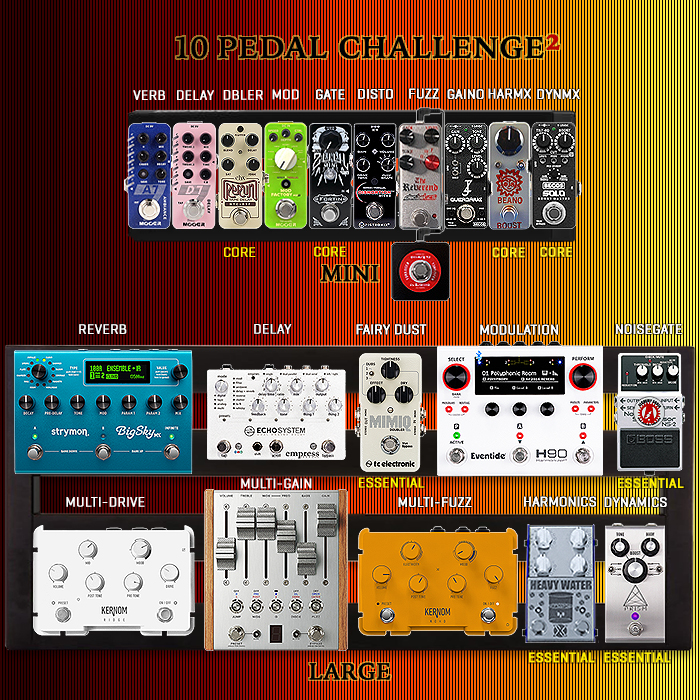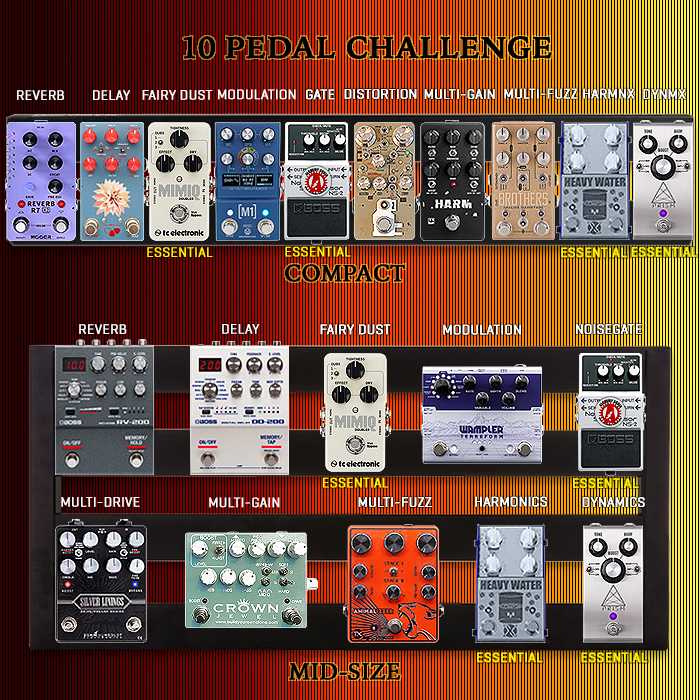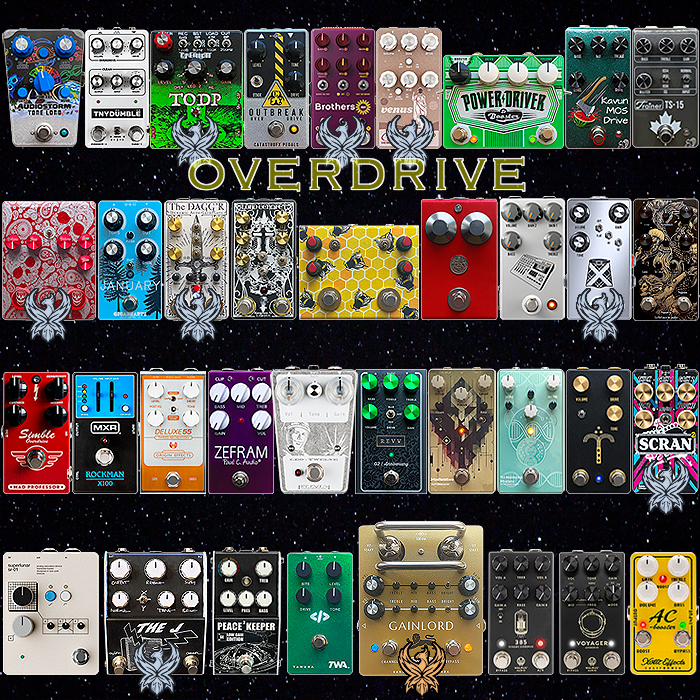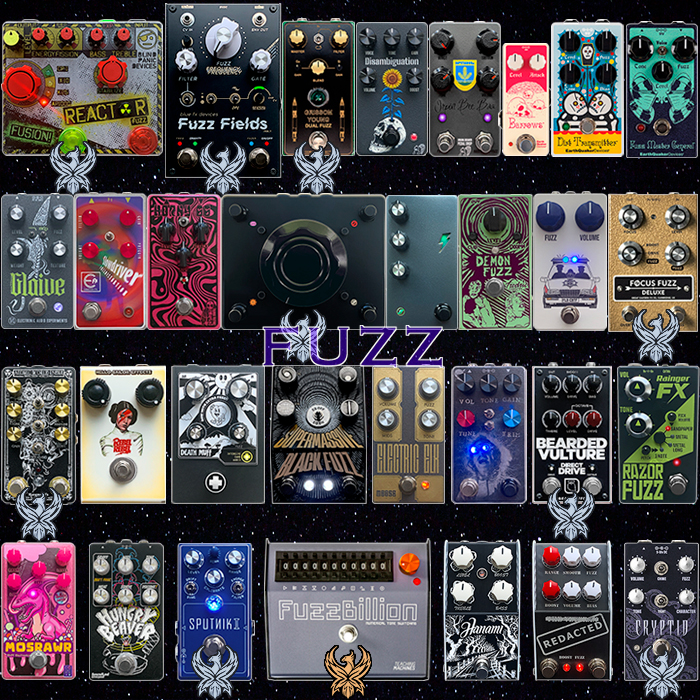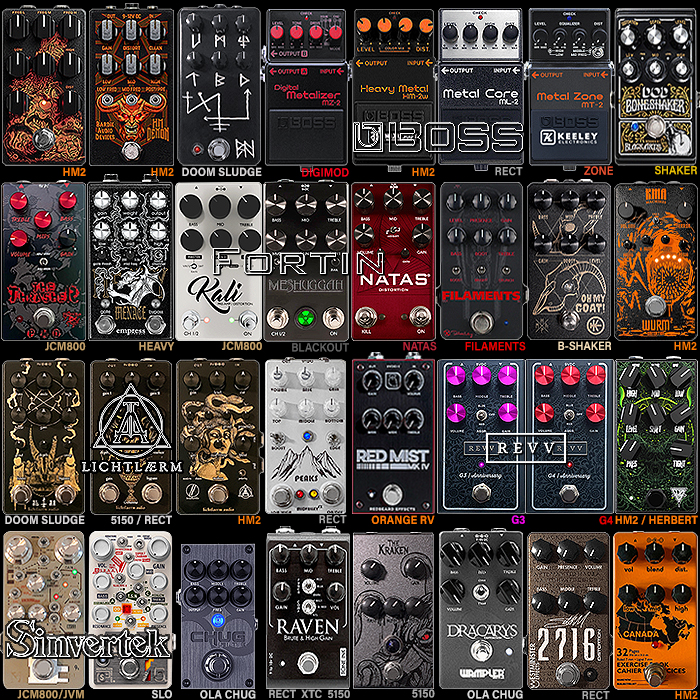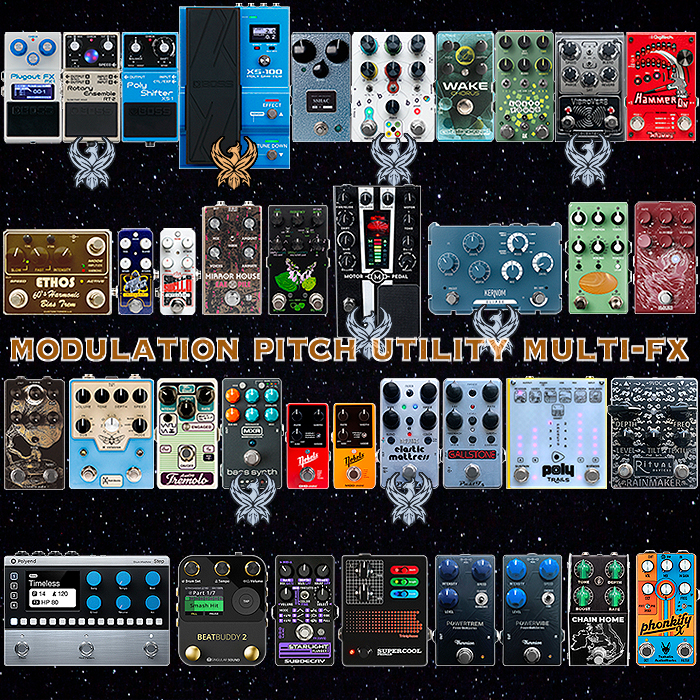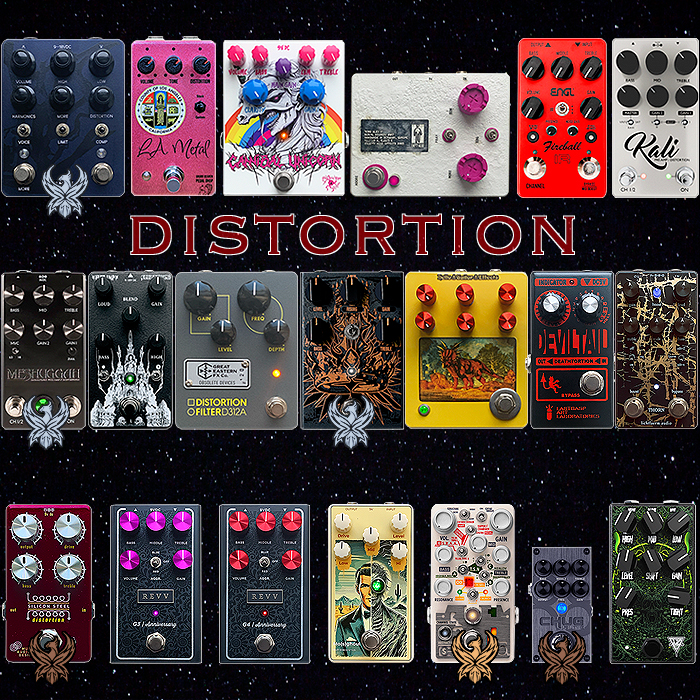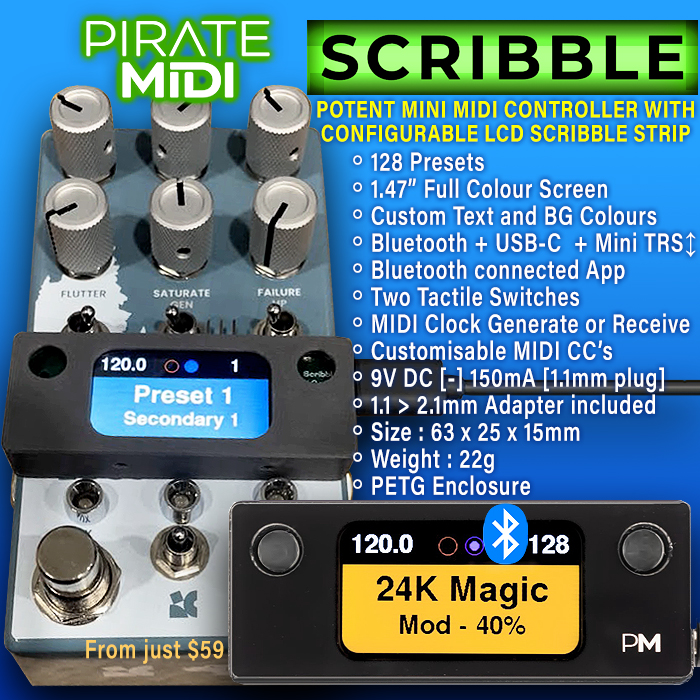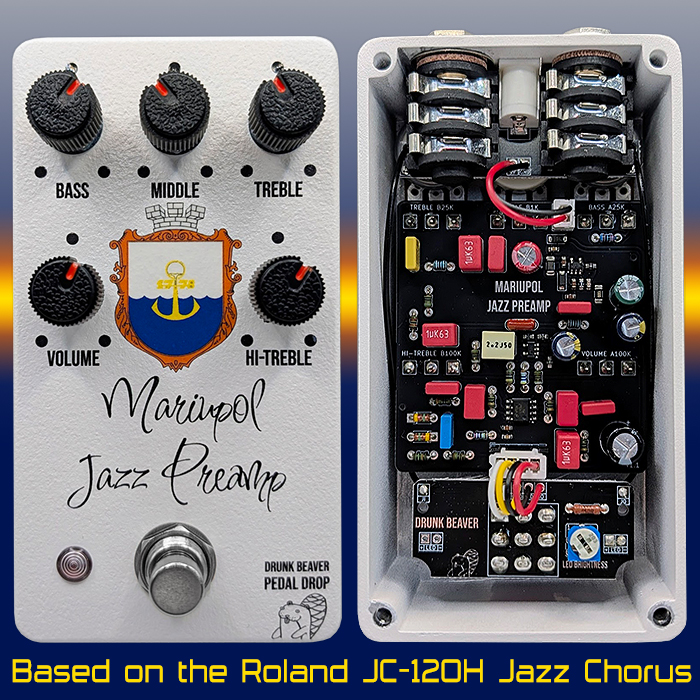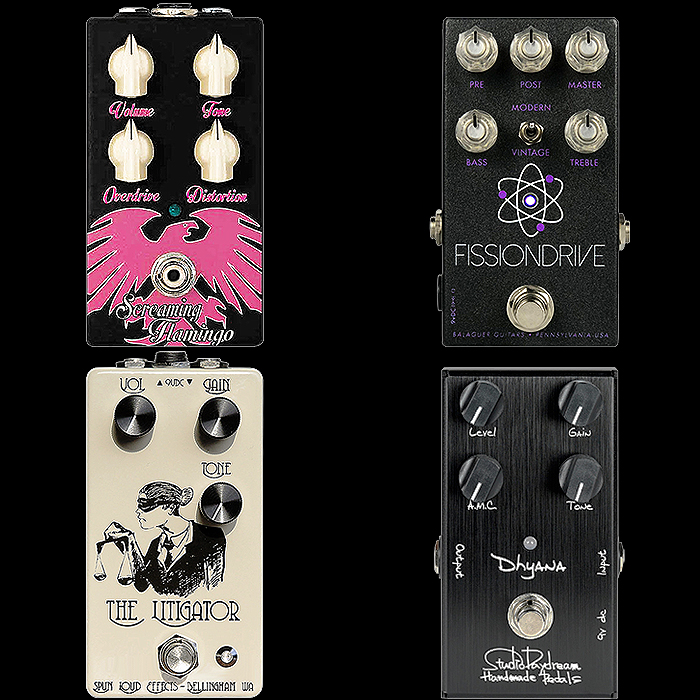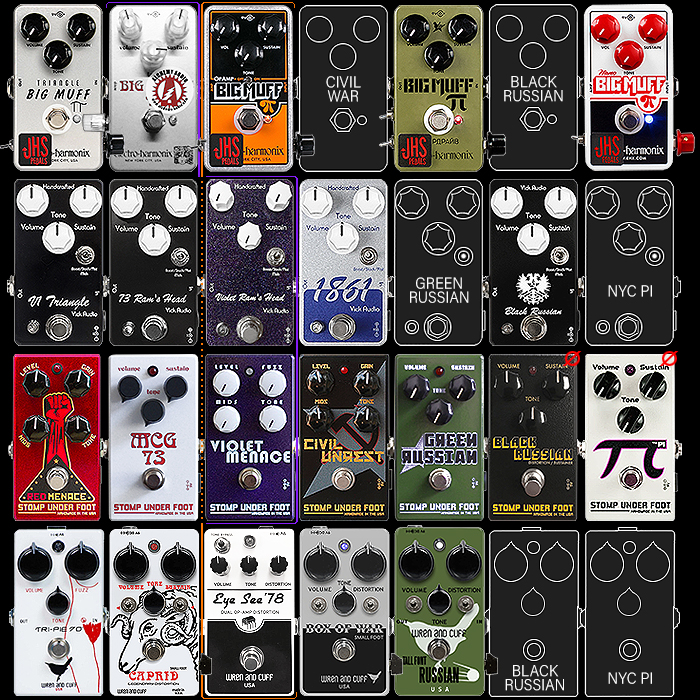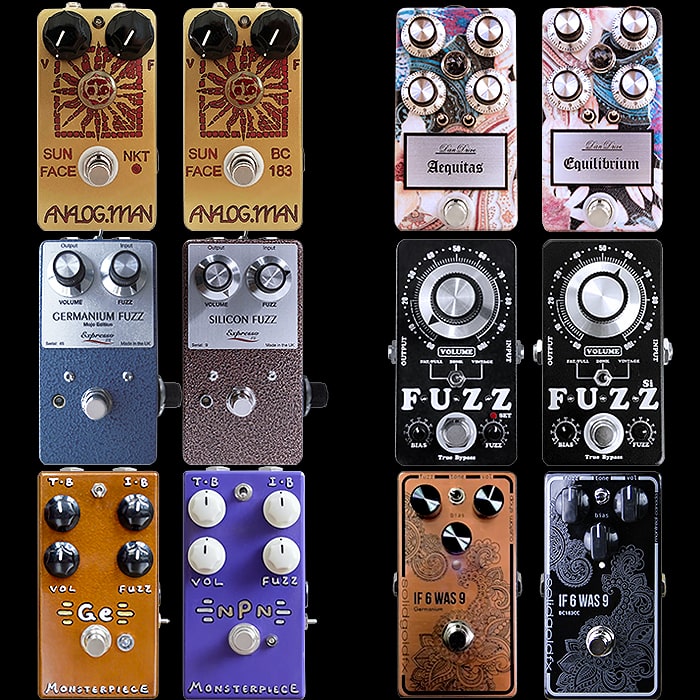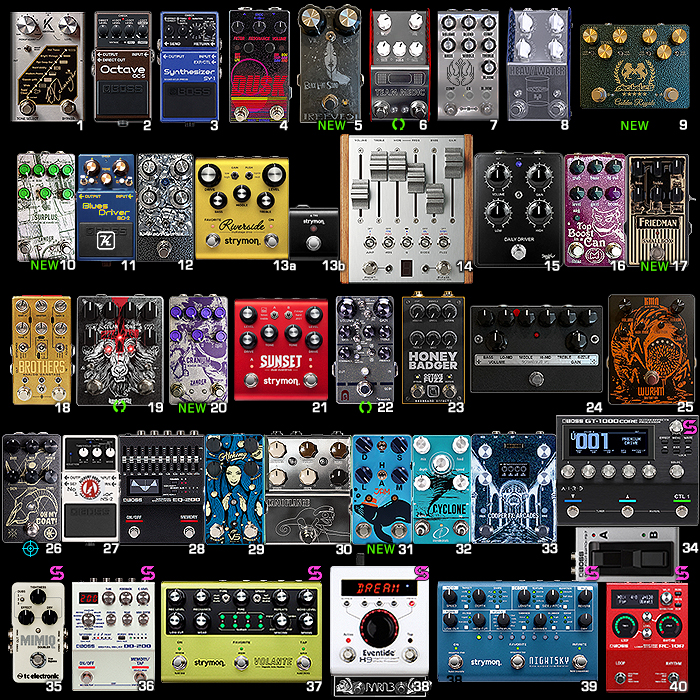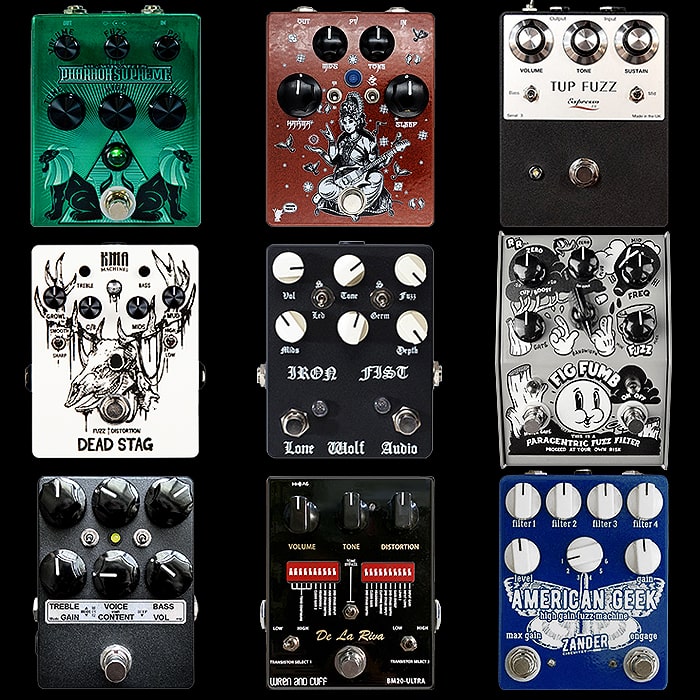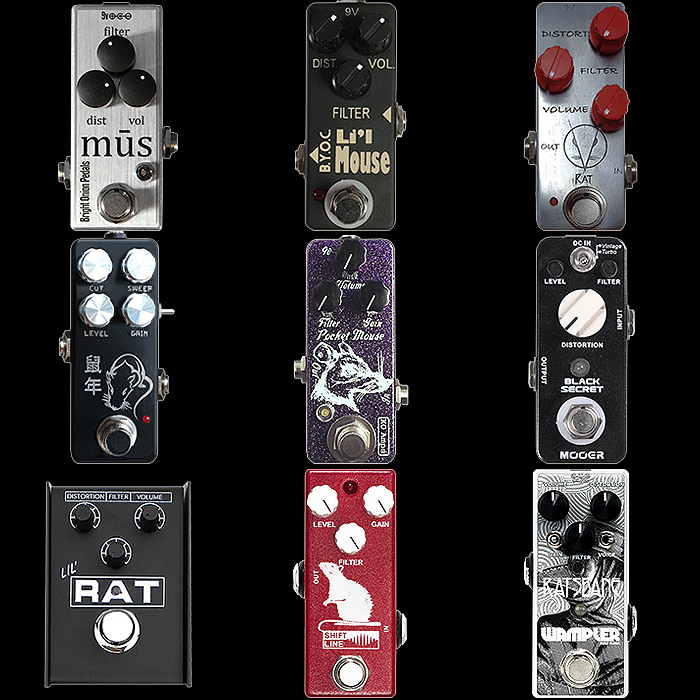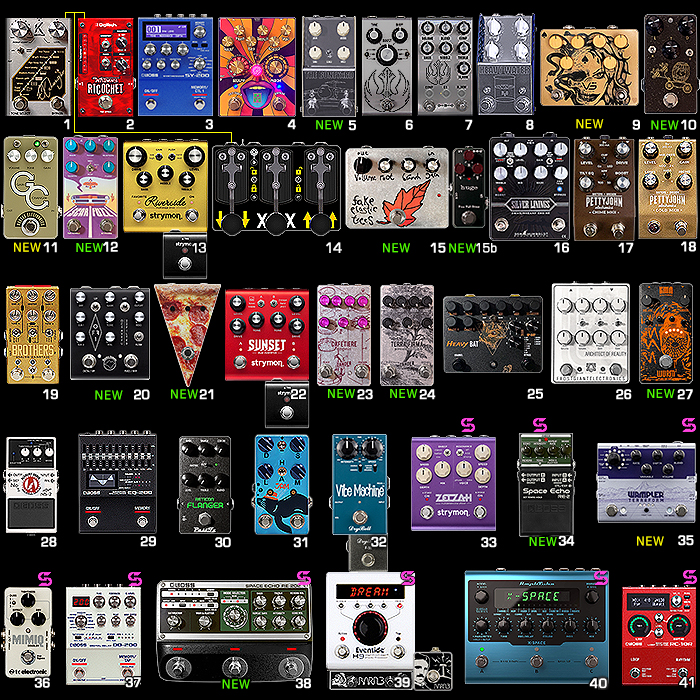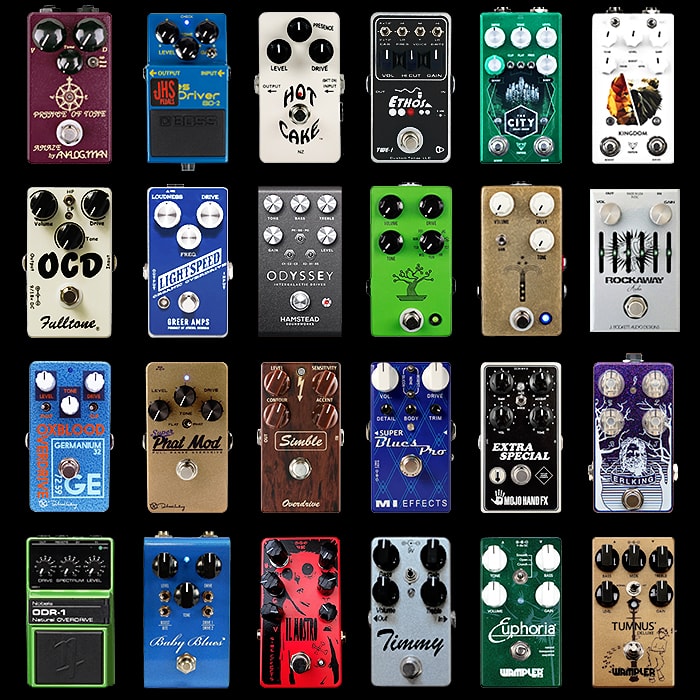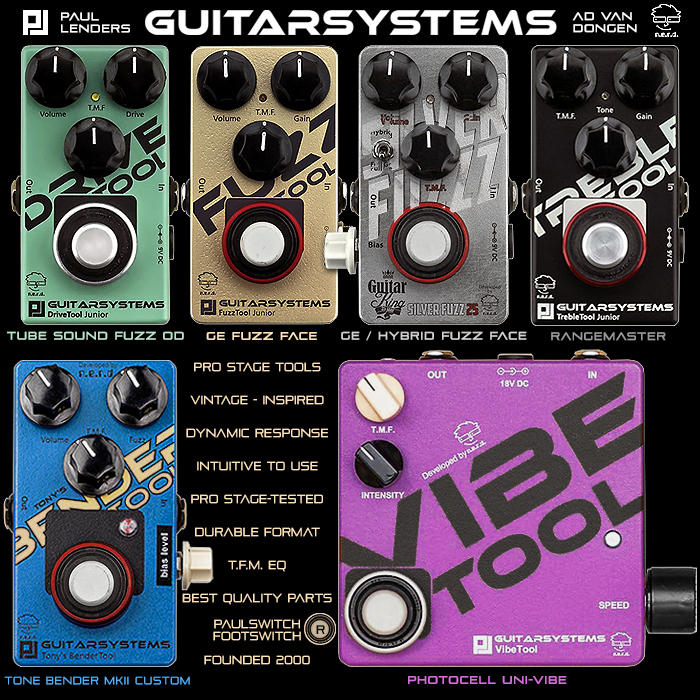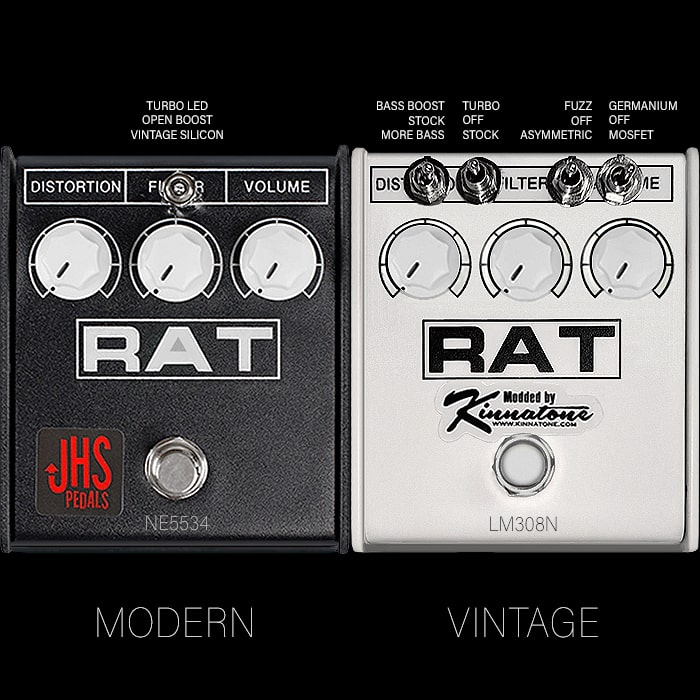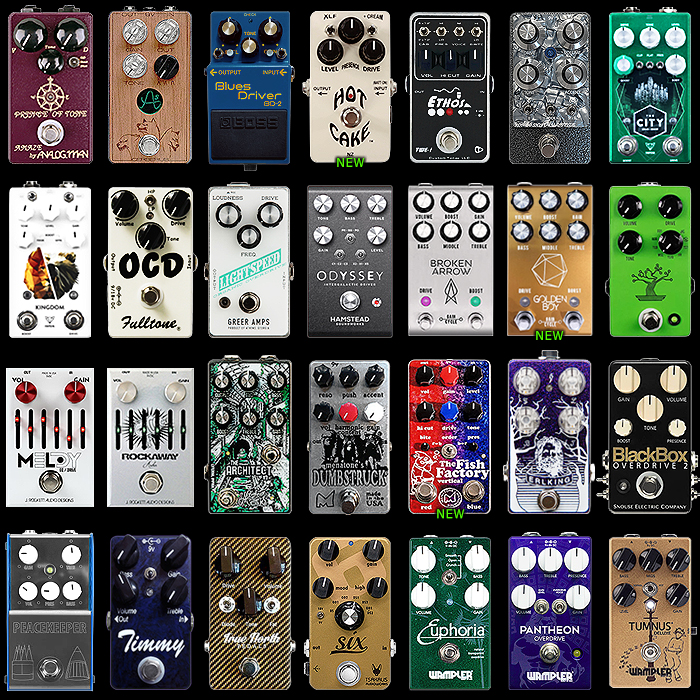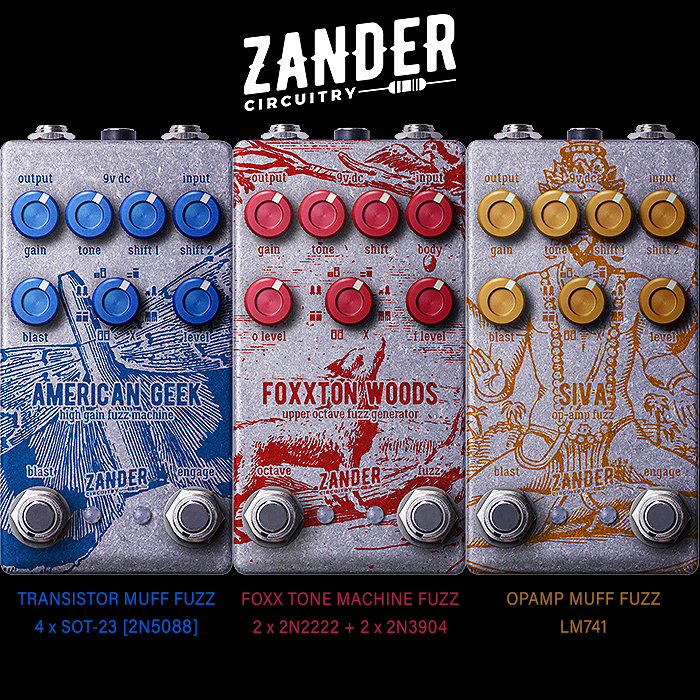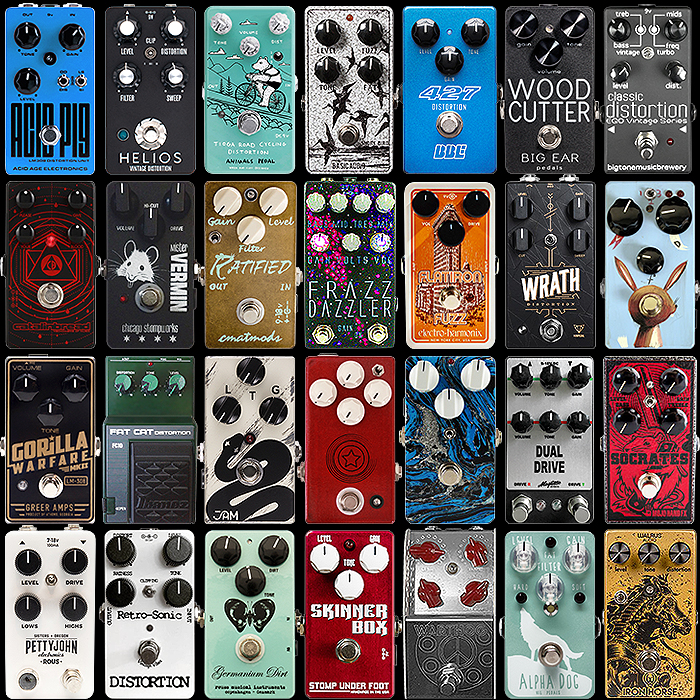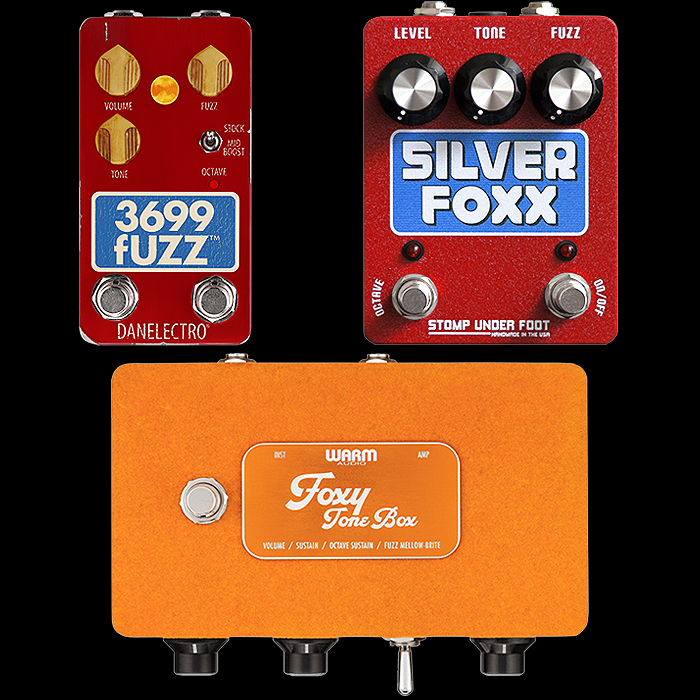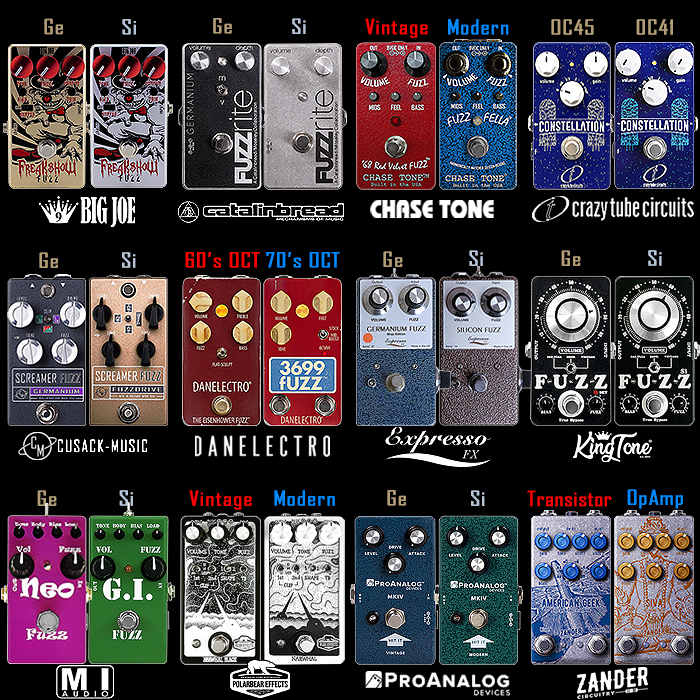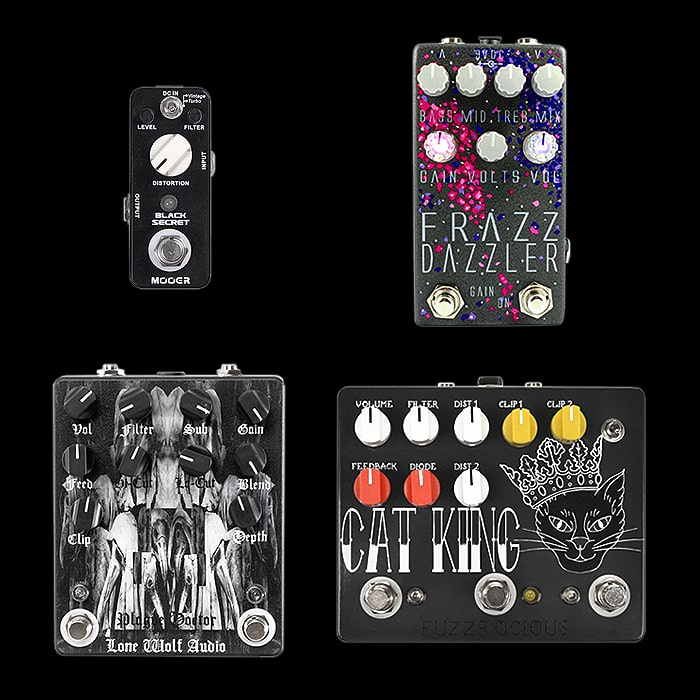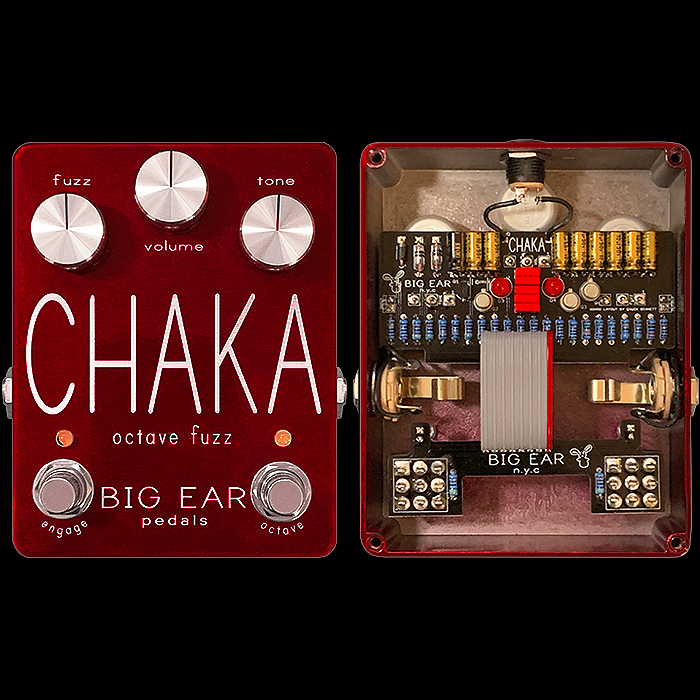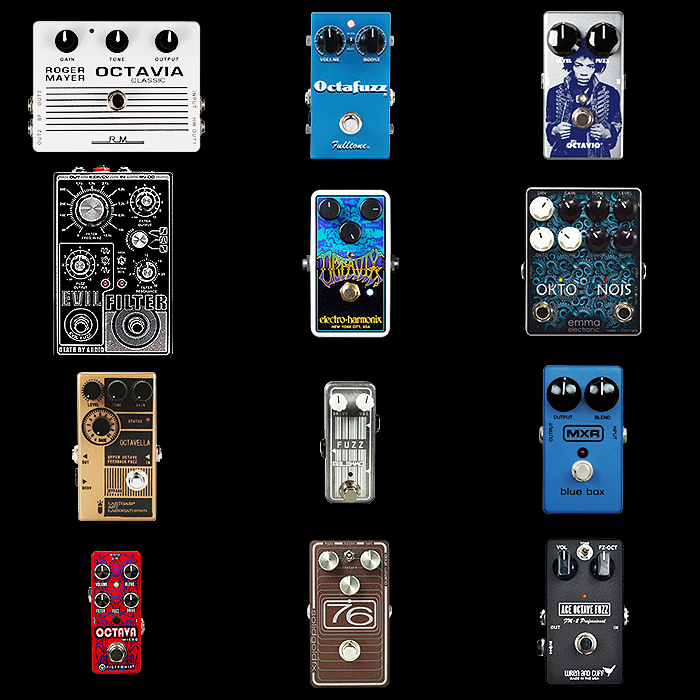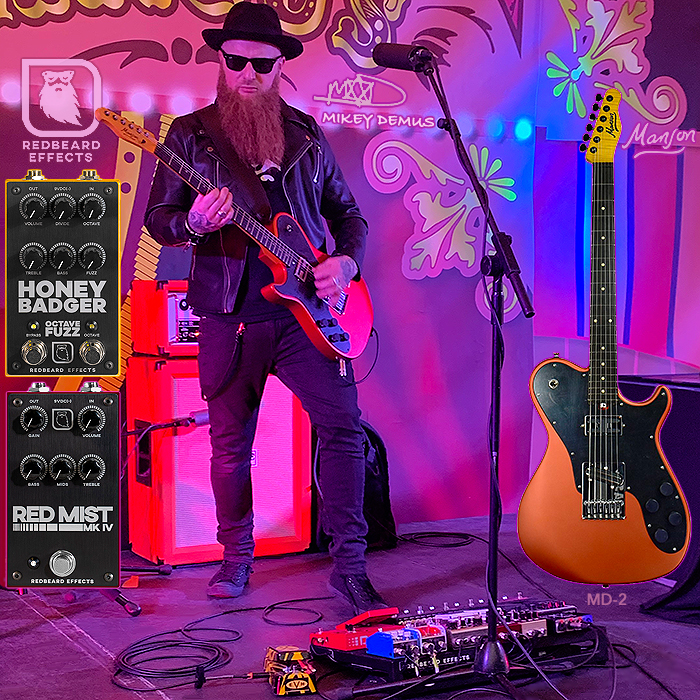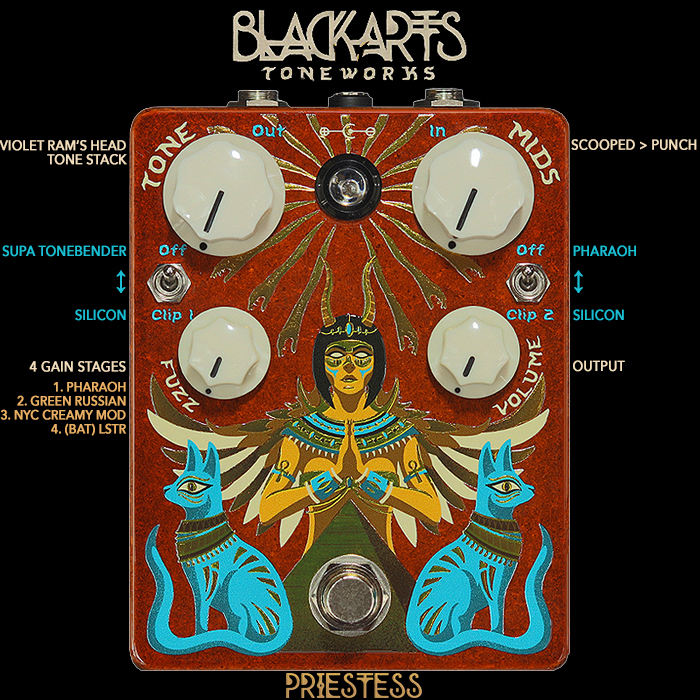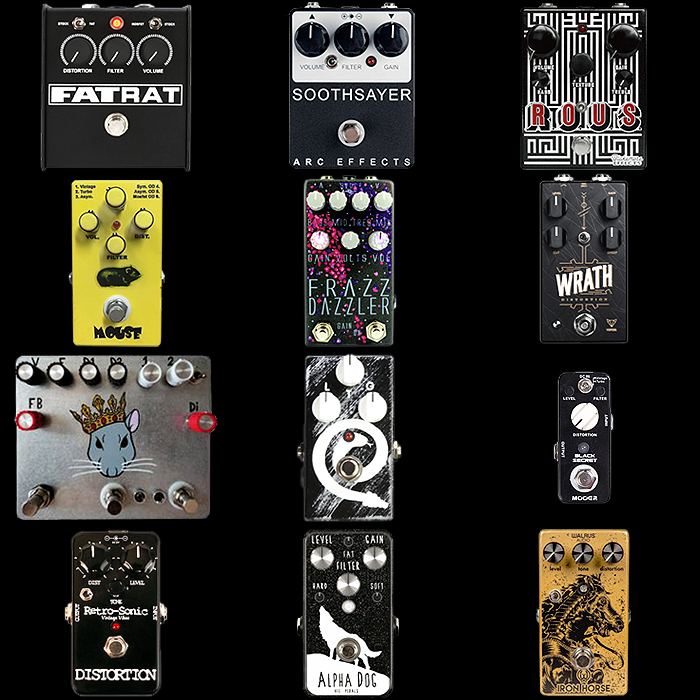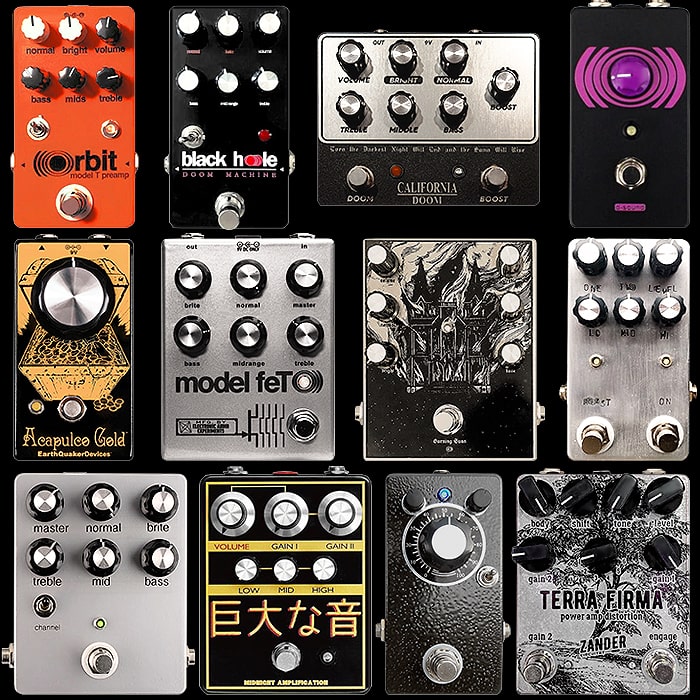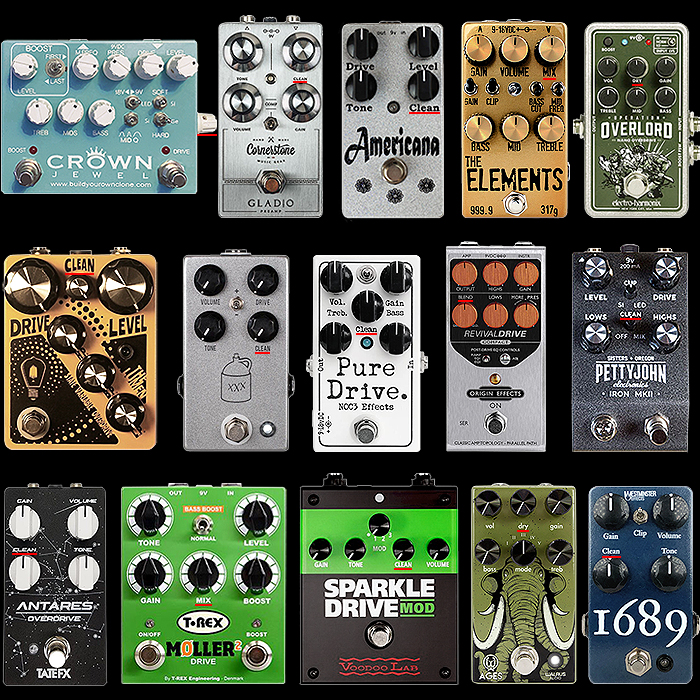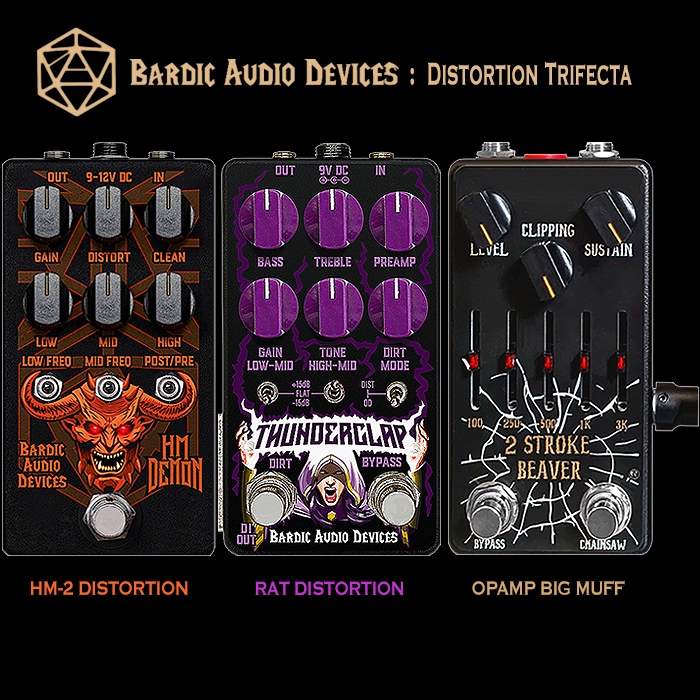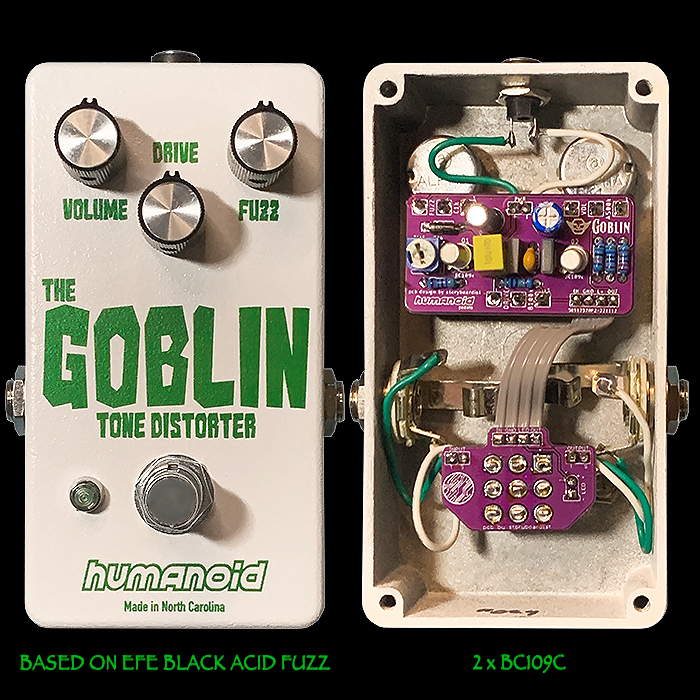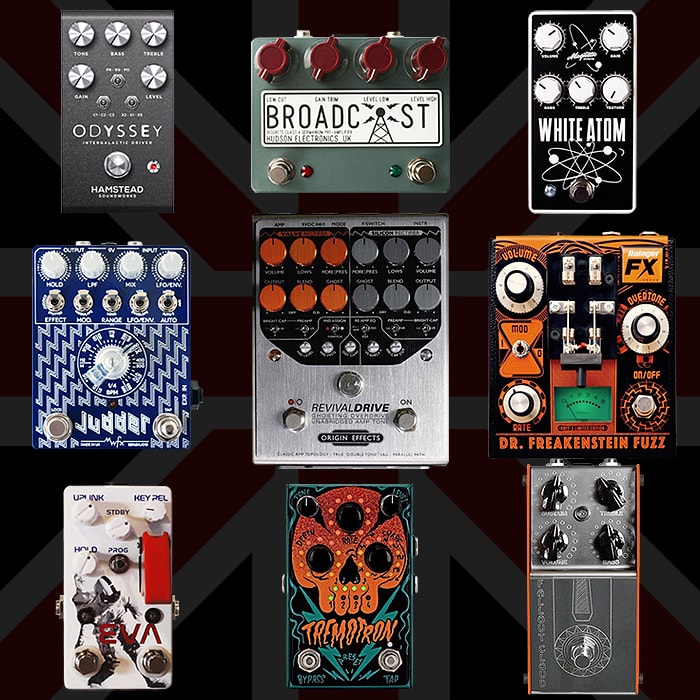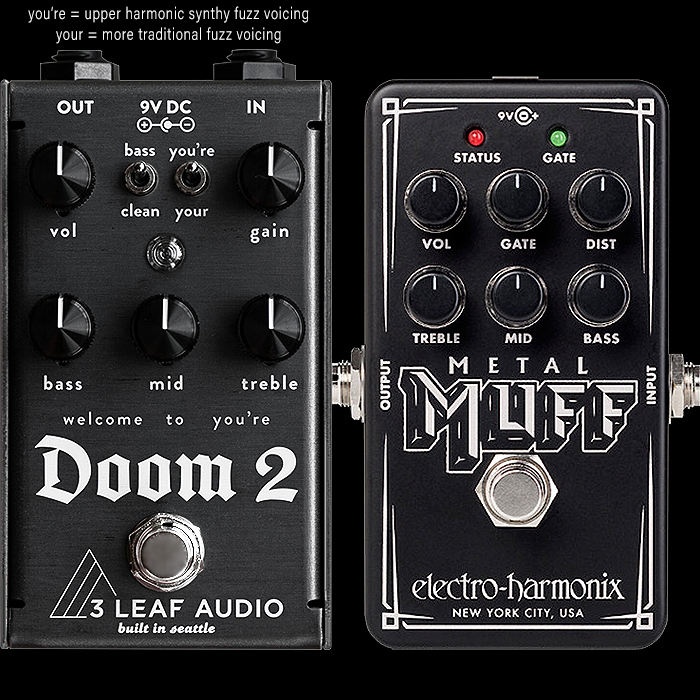Zander Circuitry's New Compact Edition Guitar Pedals are now up to a total of Six
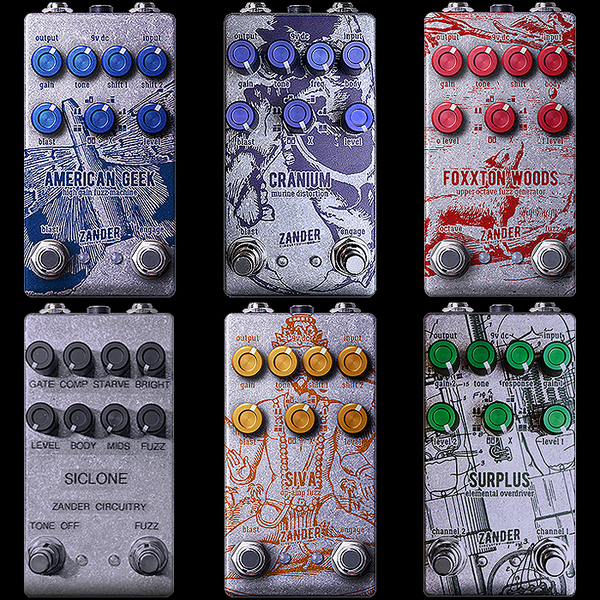
I’m proud to declare that I own each of Alex Millar’s recent 6 Compact Edition Guitar Pedals - including of course the trio that was released last week. In that same shipment I received a plain version of the Siclone Silicon Chaos Initiator Fuzz - to which I myself applied the labels. You may recall from my ’Maverick Inflection’ article that I noted that I had some OCD issues with the splodgy nature of the graphics - to which ends Alex offered to do me a plain version - indeed as received and pictured above.
All three of the latest pedals go straight in on the pedal-chain rotation as you will see at the end of the month status update. While the others are still in fairly regular alternative and understudy rotation.
My history with Alex goes back a few years now - we used to regularly connect at those various UK guitar shows and I, as is my nature, shared some thoughts on enclosure format, look and feel, and choice of knobs. I’m not claiming any major impact here, while I feel I have at least subtly and subconsciously contributed to Alex’s own thought process and these resulting brilliantly executed new editions. I certainly did not suggest the single-colour line graphics with matching colour-coded knob combination which works so well - that is all Alex’s doing, and I feel he has fully succeeded in creating a really distinct and iconic family look across all his pedals now. I really like each of the artworks - bar the overly splodgy execution of the Siclone.
5 of these pedals have Alex’s innovative 8-way Multi-Clipper Selector :
- Germanium : Smooth, sweet, and classically ‘amp-like’
- Silicon : Louder, brighter, and a little bit brittle
- LED : Louder again, with less saturation and more punch
- Asymmetrical Germanium : A more aggressive version of Germanium
- Asymmetrical Silicon : A more aggressive version of Silicon
- Asymmetrical LED : A more aggressive version of LED
- Transistor/MOSFET : Similar to Silicon, but sweeter and crunchier
- No Diodes : Loads of output and much less gain
While the Siclone is its own distinct kind of fuzz - originally loosely based on the Zvex Fuzz Factory, but really it’s own circuit now.
5 of these are Fuzz Pedals, with the American Geek and Siva being Big Muff Variants, the Cranium a Rat-style distortion, The Foxxton Woods a Foxx Tone Machine Upper Octave Fuzz Variant, and the Siclone being a sort of high gain Silicon Fuzz Face variant. The 6th pedal - the Surplus Elemental Overdrive is a unique sort of dual-channel harmonic overdrive of Alex’s own design. All of these sound just as amazing as they look.
Each of these sports dual-footswitches for either dual-channel operation, Boost/Blast type Max-out function, or secondary function like Octave Effect. They all have one or two more tone-shaping controls than the typical candidate for said genre, and the mix of extended range plus the added Clipping selections gives you unprecedented variety and versatility in such a compact format.
I’ve already mentioned to Alex that the next edition evolution that I would want to see is that he introduce a Level-Matching circuit for the 8 different clippings, and enables a function whereby clicking on both footswtiches cycles through the clipping options - I believe that is the next logical evolution for the V3 variants whenever they materialise from the lab at some point in the future.
I’ve already featured all these pedals on the site - so I’m not going to go into any great detail on any of them - just really note ideal usage scenarios and playback highlights. Pedals are of course listed in alphabetical order by name :
American Geek High Gain Fuzz Machine (Silicon Transistor Big Muff) - £149
The perfect candidate for those slightly more aggressive and gainier varieties of Big Muff - say Triangle and Violet Ram's Head types. The main challenge here is to get the right balance of Tone, Shift 1 and Shift 2 to hit that perfect augmented mid-range sweet-spot - at least as I like it. Shift 1 and Shift 2 are independent controls for the High Pass and Low Pass RC Filters which form the Muff Tone Stack - tweak those to restore some mids back into the circuit - which are otherwise fairly scooped. So the Tone is your classic darker>brighter sweep, I tend to set this around 1 or 1 o'c, Shift 1 regulates the High Frequency filter - so fully open CW, and closed CCW, same with the Shift 2 Low Frequency filter. The way that I have those set on the pedal are Shift 1 dialled back a little at around 2 o'clock, Shift 2 dialled back to 0 o'c, and Gain and Tone at circa 1 o'c, and both Blast and Level set to around 2. I've mostly been playing around with open clipping mode - and the pedal generates a beautifully textured and harmonically rich tone - it really sounds fantastic.
Cranium Murine Distortion (Rat Style Distortion) - £149
A really cool modern take on a Rat - you do need to be careful about the balance of Body and Blast Level in particularly as it can all too easily become overly boomy. The Blast mode on this pedal seems to particularly accentuate the low end frequencies as well as the gain. The Frequency control here is the Ruetz Mod - which I mostly deploy fairly dialled back. I've recently been mostly active on the Asymmetircal LEDs Clipping mode, with Gain dialled back at circa 10 o'c', Tone fairly high at 3 o'c, the Ruetz Frequency dialled back almost entirely - let's say a generous 9 o'c, and Body really dead centre. Ideally I would like more body on the default mode - while if you hit the Blast footswitch the output becomes too boomy much over 12 o'c. The way I have it set delivers the perfect balance of texture without the whole thing becoming distressed in the low-end.
Foxxton Woods Upper Octave Fuzz Generator (Foxx Tone Machine Fuzz) - £149
This and the Cranium seem to be the big sellers of the moment - understandable really as those are two of the most enduringly popular and iconic Fuzz/Distortion genres. Note that Shift and Body here are pretty much synonymous with Mids and Lows. This is a really smartly executed pedal - with the Octave function optionable via the secondary footswitch - understandably there is much to love here! Since I've also just taken delivery of my CopperSound Triplegraph there is lots of fun to be had using that to further augment or diminish the native octave on the Foxxton. The core non-octave mode of the Foxxton really sounds killer - and you can then choose which Octave to kick in. Which means that I set the octave on the pedal to be more subtle - as there are no external control son the Triplegraph to adjust that - so that takes care of the more strident Octave Up, and the second footswitch on the Foxxton can be applied quite a bit more subtly. Once again I'm rocking the no-diodes mode, with pretty much all the knobs set to 2 o'c bar the Octave Effect - which is set to 10 o'c.
Siclone Silicon Chaos Initiator (Fuzz Factory Style Silicon Transistor Fuzz) - £149
The Siclone was developed back when there was only the Germanium Fuzz Factory about. Alex thought he should do his own take on a more affordable Silicon Transistor variant - which led to the Siclone. It has been much evolved and enhanced over the years where it's now very much its own thing really with 8 controls in place of the Fuzz Factory's 5. The tip here is to start from fairly neutral or minimal positions even - for the Gate, Compression and Voltage Starve - and then gradually bring those increasing more into the mix. There is a knack to wrangling this circuit which takes a while to get used to. In general you have to tweak 2 or 3 knobs in tandem with minor adjustments - it doesn't work to range up each knob independently as each of those are so very interactive. I own each of the Zvex Vertical Fuzz Factory Germanium, CBA Bliss Factory, NFYFX Mini Germanium Fuzz Factory and this Siclone - all are excellent and pretty distinct. In truth I've not had too much time with the Siclone yet. A good place to start is with the first 3 knobs knocked back, and pretty much everything else on 1 or 2 o'c.Then as I mentioned you can gradually bring those other elements into the mix. Obviously you have 3 different tone controls - variously labelled Bright, Body and Bunch - which is near enough bot not exactly - Highs, Lows and Mids! I've re-named a couple of labels on mine as I find it easier to recall those function with those terms - so instead of shunt, squash and punch - I rather have those as Gate, Comp and Mids!
Siva Op-amp Fuzz (Opamp Big Muff) - £149
This is the companion pedal to the above American Geek, this time utilising the LM741 Opamp for that Billy Corgan / Smashing Pumpkins signature sound - a little more sustaining and midsy generally - and obviously great for the smoother and more sustaining varieties of Big Muff also. Texturally this sounds somewhat distinct from the American Geek Transistor variety - and I feel that if you own both pedals you get very decent full-range Big Muff coverage. I tend to have this one set slightly more knocked back than the American Geek - here with Gain back at 8 o'c, Tone at 1 o'c, Shift 1 at 1 o'c, and Shift 2 knocked all the way back CCW. This yields a somewhat smoother texture versus how I have the American Geek set.
Surplus Elemental Overdriver (Harmonic Dual-Channel Overdrive) - £149
ossibly the most unique and distinct of these varieties - I believe this particular circuit is entirely fo Alex's own design and not derivative of anything out there - do correct me if I'm wrong about that. It can deliver a very pleasant slightly raw and even jangly style of overdrive with significant harmonic content - as enhanced by the Response control. The dual-channel nature of this pedal allows you to set up a lighter and heavier tone for ideal dynamic playback and phrasing - rhythm and chorus/solo variants as such. An interestingly textured overdrive which sounds quite distinct. I tend to favour the Transistor/MOSFET Clipping Mode - with Gain 2 and Tone at around 1 o'c, Response at 3 o'c, and Gain 1 at 9 o'c. Both levels here are set around 10 o'c - so plenty of volume on-tap here!
Final Thoughts
I often get asked to arrange pedals in order of preference, priority and prowess - which I actually struggle to do on this occasion. I've already relayed that the Cranium and Foxxton are the best-sellers, while the Surplus is possibly the most unfairly overlooked at the moment. All of these deserve to sell really well.
Some of these are easier to handle and dial in than others and the Surplus was the first one that I hit all the sweet-spots on and was up and running the most rapidly. The Siclone is probably the most challenging one here by nature of that circuit's inter-relatedness. The Big Muffs, Cranium and Foxxton are possibly the most enduring in the public's conscience. In truth I've yet to pick out a favourite, all I can see is that each of these sounds great - some take more work than others to dial in - and the Surplus is the simplest of all of these.
I of course recommend full-range ownership - while most players have specific preferences and can be somewhat focused in their approach. Each of these offers something more and something different to almost everything else that is out there - and you cannot argue with the very reasonable £149 price point. Add to that the 8-way Multi-Clippers, Custom Milled and Colour-Coded knobs which obviously owe a certain something to CBA, but where the overall aesthetic approach is incredibly distinctive and specific to Zander Circuitry - and generally very visually appealing too.
When I had all those talks with Alex back in the day - this is very much the kind of thing I was hoping Alex would do, and I am entirely delighted by how well all these have ended up being (bar the splodges on the Siclone)! Alex has worked incredibly hard to get his pedals to this point and for this very attractive price - and he deserves our loyal support. All pedals are available from the Zander Circuity Webstore of course and other quality dealers.




